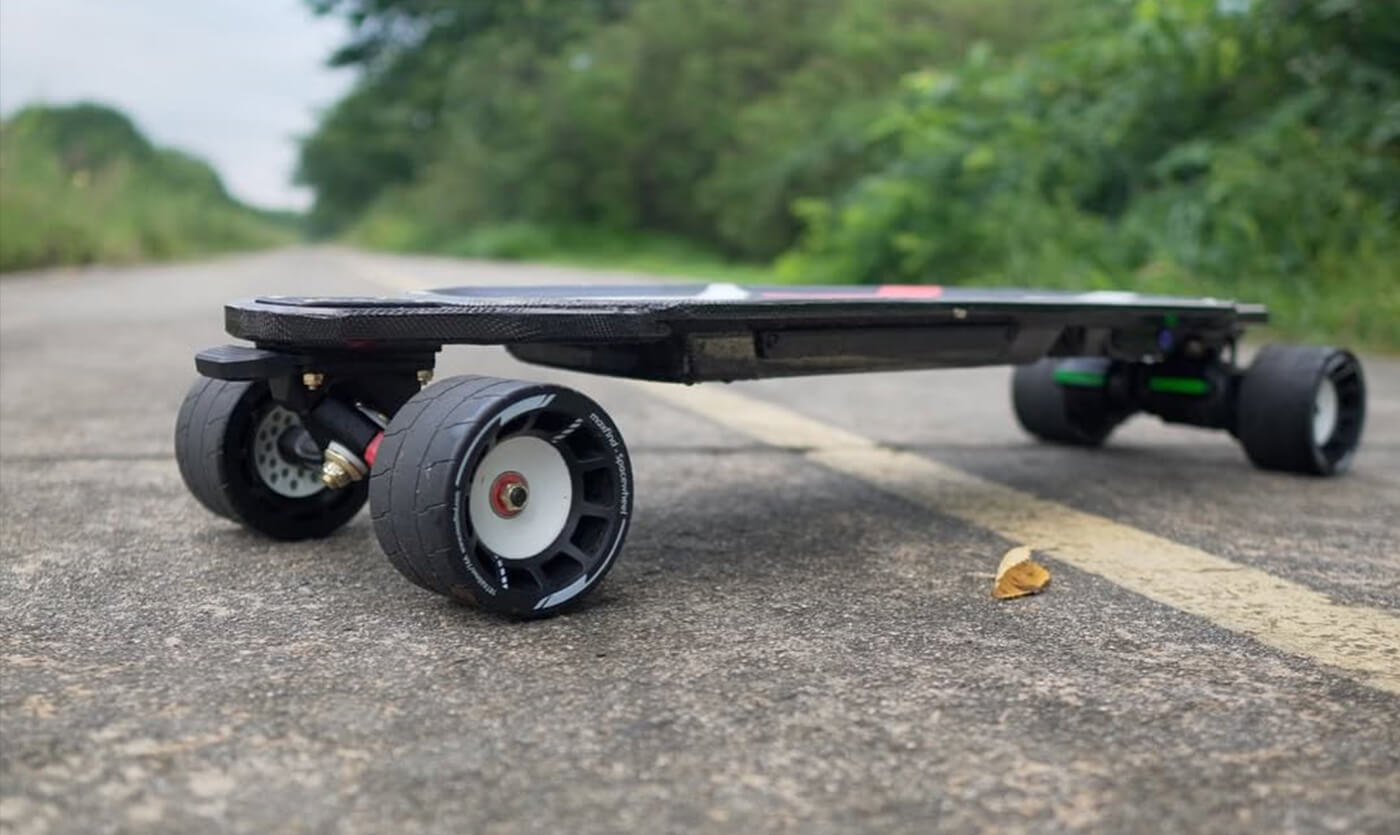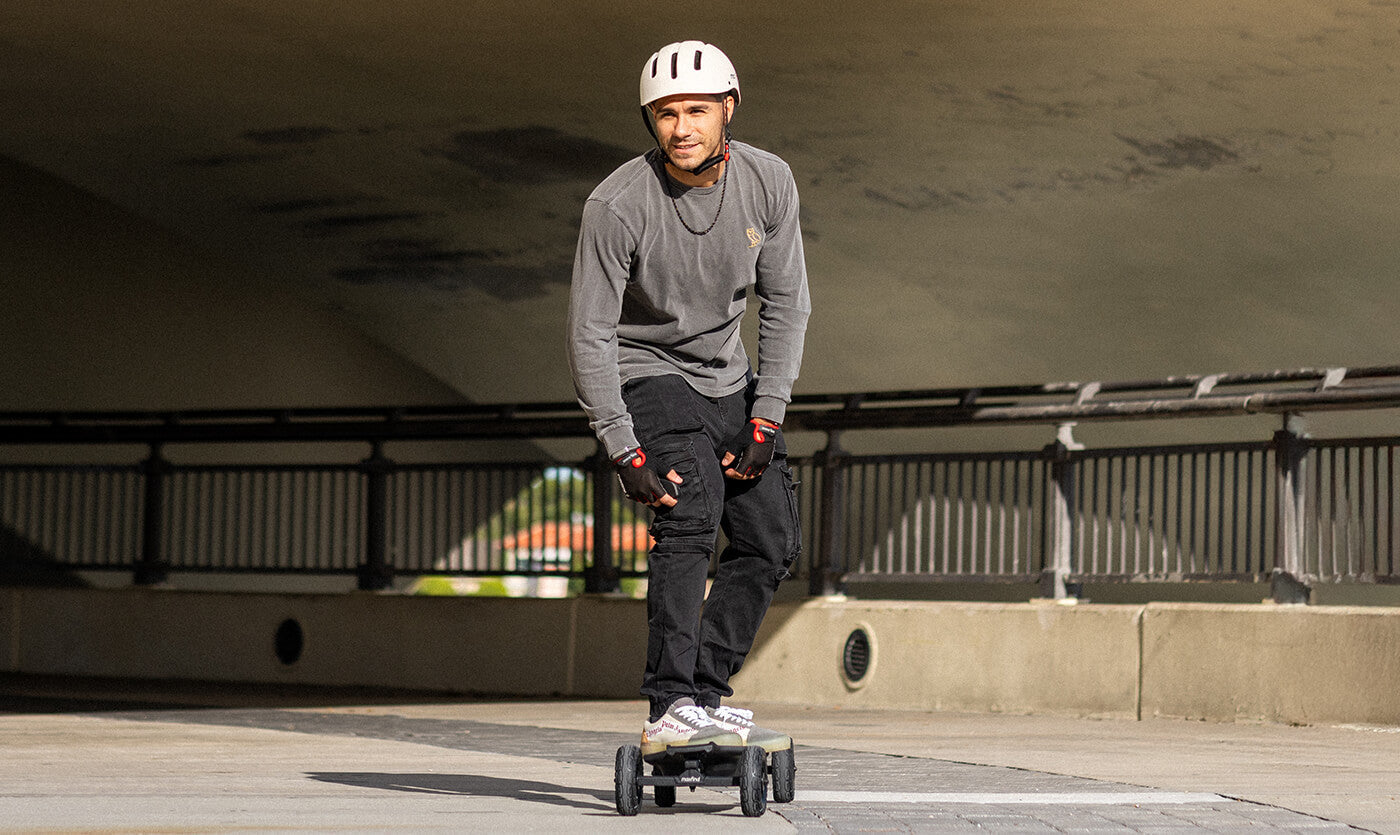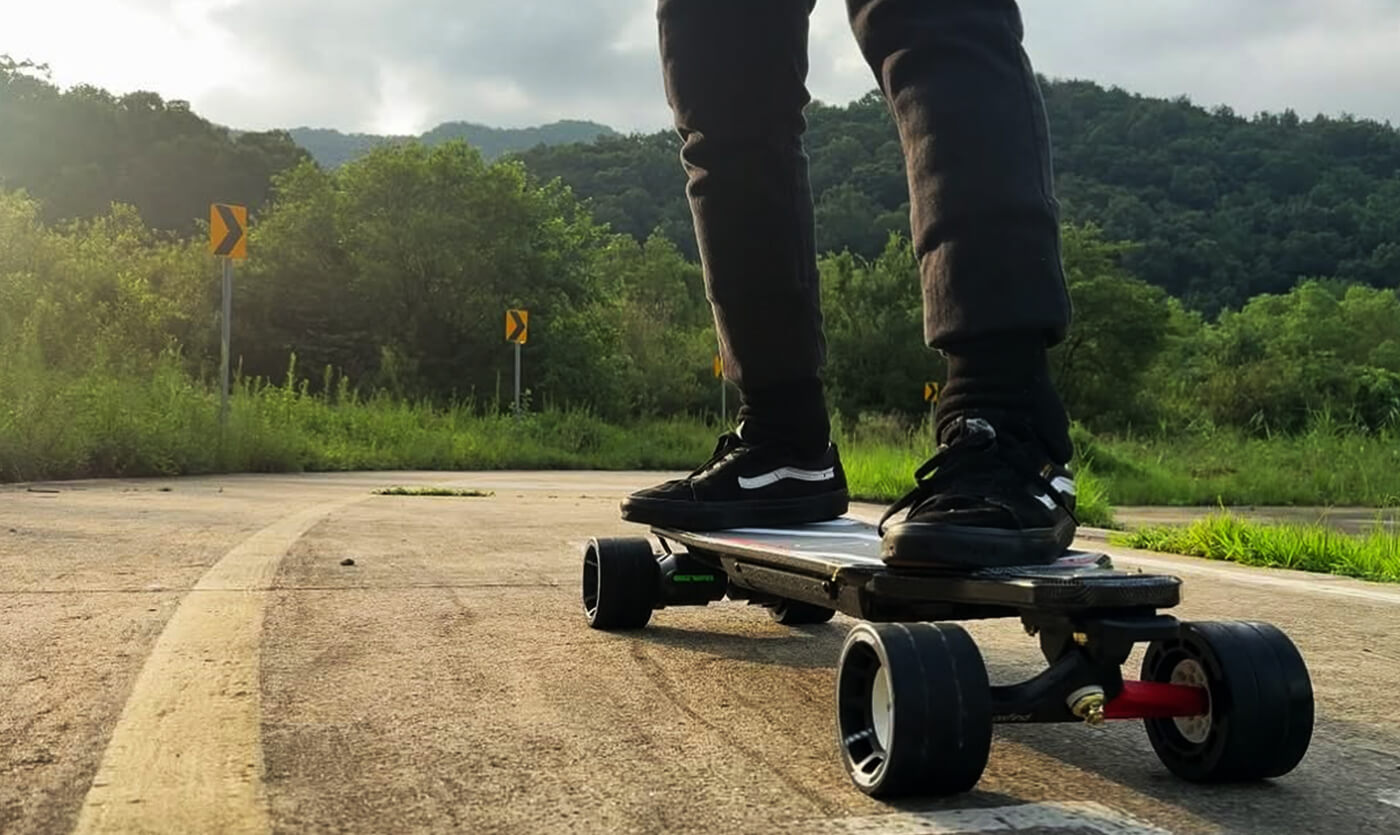Buying an electric skateboard feels equal parts exciting and intimidating. I want faster commutes, less time in traffic, and a dose of fun on the way to class or the office. At the same time, I know nothing sinks a purchase faster than hidden costs, short battery life, or a board that scares me on the first hill. This guide walks me through every decision point so I can choose confidently and ride with a smile from day one.

Is An Electric Skateboard The Right Fit For My Daily Life?
I start by asking how I will actually use the board. City riders need something light enough to carry upstairs yet powerful enough to keep pace with bike lanes. Suburban weekend cruisers prioritize long range and a comfortable deck for rough pavement. If I picture exact trips—distance, terrain, and storage spots—I can filter dozens of models down to the few that match my lifestyle.
Self-check questions
-
How many pounds or kilograms can I comfortably lift once the ride ends?
-
Is my route mostly flat, gently rolling, or full of steep grades?
-
Do I need public-transit compatibility or will the board live in my car trunk?

Understanding The Key Specs Before I Buy
Power And Torque In Plain English
Motor wattage sounds technical, yet the takeaway is simple. Lighter riders on flat ground can cruise on 400 to 600 watts. Heavier riders or anyone tackling 10 percent hills should consider dual motors pushing 1,000 watts or more. Torque is the real hero for hill starts; look for motor specs listing torque (Nm) or reviews mentioning quick acceleration without stalling.
Real-World Battery Range, Not Lab Numbers
Advertised range often assumes a 150-pound rider gliding on smooth asphalt at 12 miles per hour. My real range depends on weight, speed, temperature, and hills. To estimate, divide the battery’s watt-hours by 15 for miles or by 9 for kilometers. A 270 Wh pack delivers roughly 18 km (11 mi) of realistic range. Swappable batteries or regenerative braking can stretch that number a bit.
Deck Flex, Trucks, And Wheel Size Basics
A bamboo deck flexes gently, soaking up bumps and carving like a snowboard. Stiffer maple or carbon fiber adds stability at high speed. Reverse-kingpin trucks turn more sharply, traditional trucks feel familiar to longboarders, and double-kingpin setups carve tightly at low speed. Bigger wheels (97 mm or more) roll over cracks and small debris; softer urethane grips the road, while all-terrain rubber trades efficiency for comfort on gravel.
Safety Certifications That Protect My Investment
Battery fires are rare but real. I look for UL 2272 or IEC 62133 marks on the electronics enclosure and charger. Water resistance ratings such as IP55 mean rain splashes are fine, submersion is not. A one-year warranty on electronics and two years on the deck shows a brand that trusts its build quality.

Budget Or Premium? Deciding How Much I Should Spend
What I Gain (And Lose) Under $500
Entry-level boards give me a taste of electric riding without blowing the bank. Expect single hub motors, 10 to 15 km of range, and plastic enclosures. I will likely outgrow the speed within a year, and repairs may require sourcing generic parts.
Mid-Tier Boards And Their Sweet-Spot Features
Between $600 and $1,000, I enter dual-motor territory with swappable battery options, mobile apps for firmware updates, and nicer components like forged trucks. Many commuters find this segment the sweet spot for daily reliability and upgrade paths.
Premium Upgrades That Truly Matter
Spending over $1,200 unlocks high-capacity battery packs, carbon decks, and belt-drive systems with hill-crushing torque. Premium also buys better customer support, waterproof connectors, and modular drivetrains that can swap wheels for dirt or street setups. If I intend to ride every day for years, the upfront cost pays off in durability and serviceability.
Staying Safe From Day One
Safety starts with choosing beginner mode on the remote until I log at least 30 km of practice. A certified skateboard or bike helmet is mandatory, and wrist guards save more falls than any other pad. Bright front and rear lights keep me visible at dusk. I practice braking drills in an empty lot, leaning low over the front foot to avoid speed wobbles.

Navigating Local Laws And Riding Etiquette
Electric skateboard rules vary by city and state. Many regions cap speed at 20 mph (32 km/h) on public paths, and sidewalks may be off-limits downtown. I check local transport agency websites or community forums before riding. Courteous etiquette—yielding to pedestrians, calling out passes, and slowing at crosswalks—helps keep the community welcome on shared paths.
Essential Maintenance To Keep My Board Rolling
A quick post-ride routine extends the board’s life. I wipe dust off the belt or hub plates, check wheel nuts for tightness, and inspect the deck for cracks. Every month I clean bearings with isopropyl alcohol and add a drop of lubricant. Belt-drive trucks need a tension check every 150 km; loose belts slip under the throttle, and overtight belts drain battery life. Storing the battery at about 60 percent charge during long breaks preserves capacity.
Conclusion
Choosing an electric skateboard gets easy when you match your daily routes to the right power, range, and deck, set a realistic budget, gear up, check local rules, and commit to basic upkeep. Nail those steps, and every ride becomes fast, fun, and worry-free.
If you’re ready to turn today’s research into a real-world ride, explore the Maxfind range of electric skateboards. The collection spans compact campus cruisers and long-range workhorses, making it easy to match a board to your daily mileage and storage space.
Recommended reading: What to Wear for Electric Skateboarding





Share:
How Does an Electric Skateboard Work?
FAQ for Beginners on Electric Skateboards